xiuwuxian specialty
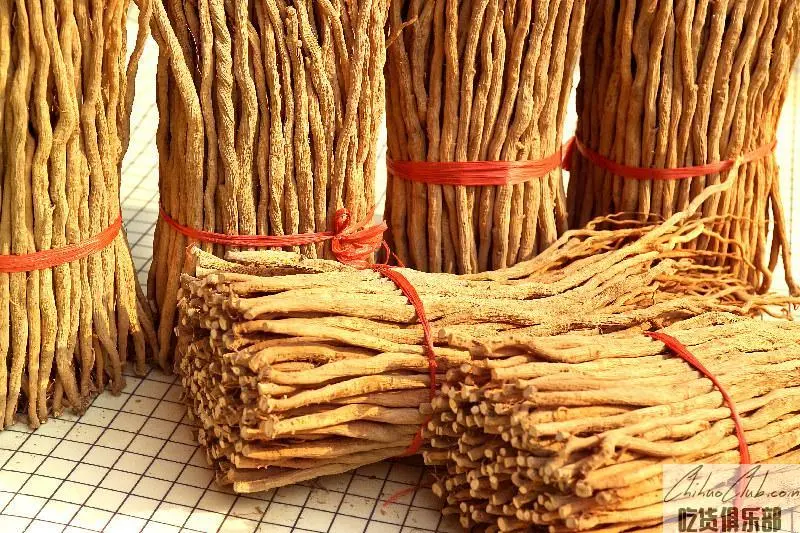
Achyranthes (also known as Achyranthes bidentata), a family of perennial herbs. Also known as hawthorn, on the festival, the name of the cattle stem. The roots are cylindrical, the stems are angular, the nodes are swollen, and they resemble the knees of cattle, so they are called achyranthes. Mainly produced in Henan Wenxian, Wuyi, Boai, Fuyang and other places, formerly known as Huaiqing House, is one of the prestigious "four big Huai medicine", called the Achyranthes. Named after the history of Huaiqing House, Achyranthes is located in the Jiaozuo area of Henan Province. The characteristics of Achyranthes are: the sliver is thick, bright, bright and oily.
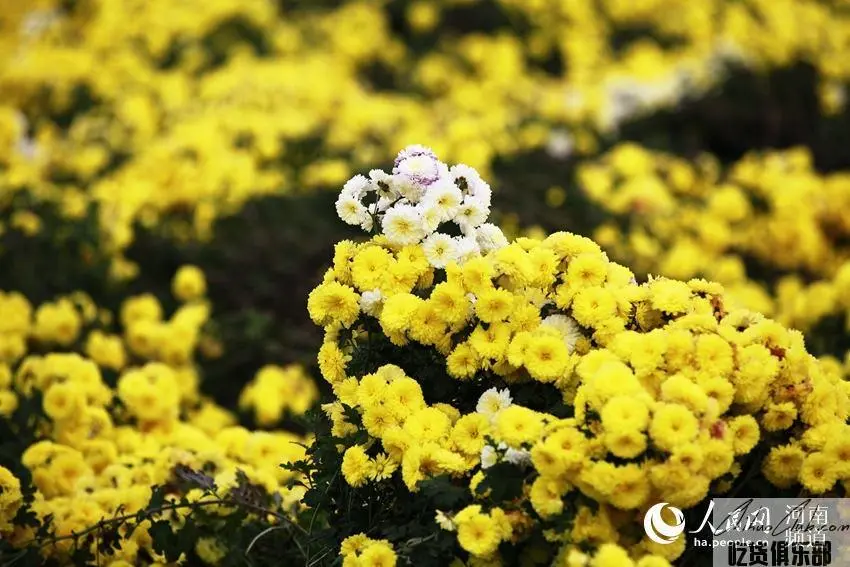
Chrysanthemums, chrysanthemums have a high medicinal value The motherland medicine believes that the chrysanthemum cold, after the cold and heat, has the clear air of the heavens and the earth, and has the effects of clearing heat, detoxifying, hurricane, clearing the liver and improving eyesight. According to the traditional experience of traditional Chinese medicine, white chrysanthemums grow longer than Pinggan Mingmu, and yellow chrysanthemums are mostly used for clearing the wind. Therefore, the eyesight is more to use the chrysanthemum, and to use the chrysanthemum. The "Compendium of Materia Medica" records the white chrysanthemum "the pillow of the capsule". The famous place of Bai Ju, “Wuqing Palace Wuyi” is today’s Henan Jiaozuo Wuyi County.
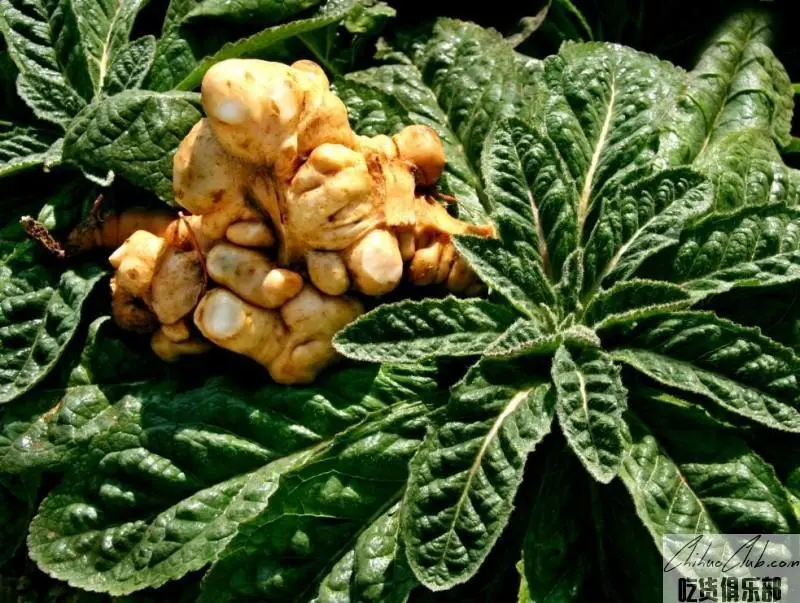
Rehmannia, also known as the habitat, is a perennial herb. According to the "Compendium of Materia Medica" records that 'this kind of plant' is tested by water immersion, the name of the floating person is yellow, the person who is half-floating and semi-sinking is human yellow, and the name of Shen is named. Therefore, people are more expensive to sink, and for a long time, the name is rehmannia.
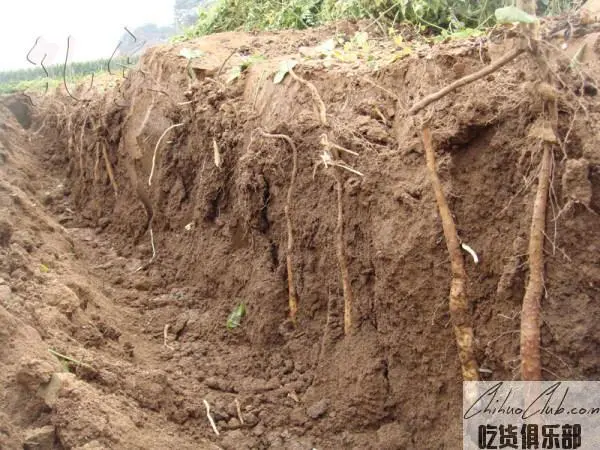
Huai Yam is a kind of medicine and food homologous precious medicine that grows in Henan and has the spleen and stomach tonic liver and kidney. China has a large number of yam origins, but the yam in Jiaozuo City, Henan Province is the best. Jiaozuo is called Huaiqing, so the yam is also called yam. Yam, also known as yam, is native to northern China. It is mainly produced in Henan, Hebei, Shandong, Shanxi, and southern Guangxi, Fujian, Guangdong, and Taiwan. It is also grown in Japan and Korea. As one of the most important tonic materials for Chinese medicine, there are no side effects. Therefore, it has been evaluated by traditional medical doctors as “warm-up” and “sexuality”, which is a model of “medicine and food homology”, that is, it can be used as a normal food for hunger, and users do not have to avoid it.
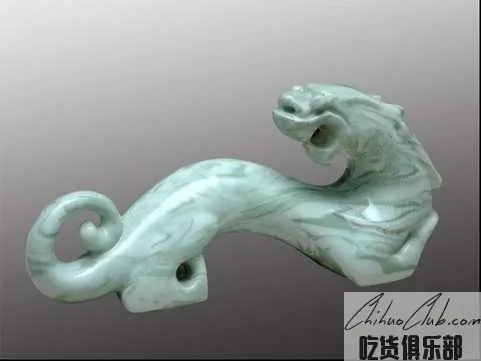
When Yangshuo Twisted Porcelain is an art variety that uses decorative variations in the tire to decorate porcelain, its quality characteristics are compared with other ceramic varieties: the ornamentation is born from the tire, the appearance is the same, the inside and the outside are connected, and the one side is not duplicated. During the Northern Song Dynasty, Yangshuo Kiln inherited and developed the tradition of the twisted tires of the Gongxian kiln in the Tang Dynasty, and developed the process of twisting the porcelain into the peak, completing the historical transformation from ceramic to porcelain. High temperature firing, fine and hard tires, glaze oil luster, almost no water absorption, fully in line with the standards of modern porcelain.
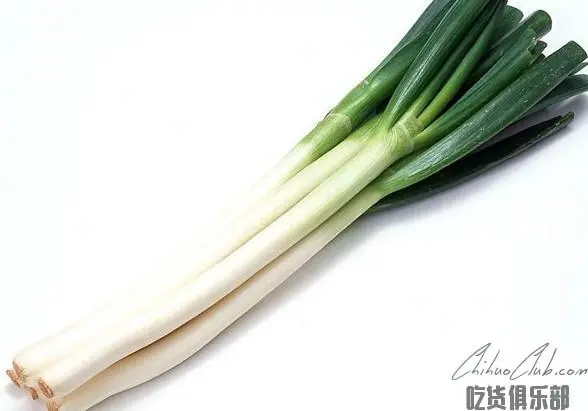
Yanling green onions are characterized by short neck, large head, nutritious and delicious taste. The biggest one, one has a weight of 1.8 pounds. It can be automatically collapsed to form a flower shape after a single cut. Fine taste, raw onions are from sweet to fragrant, cooked onions are fragrant, rich and fresh, and are really seasoning.